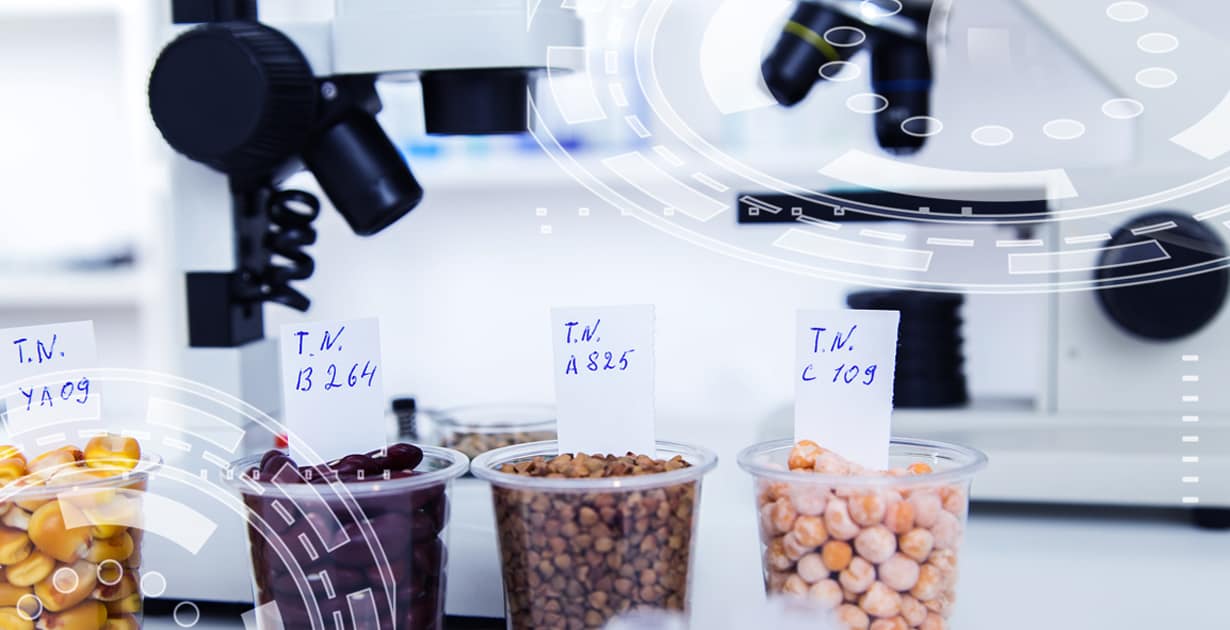Nanotechnology and Art
This week I really enjoyed learning about nanotechnology and art! As a political science and public affairs major, I never really conceptualized the intersection of art and science on a molecular scale before and I appreciate nanotechnology pushing the boundaries of traditional artistic practices.
Beginning from Richard Feynman's lecture ""There's Plenty of Room at the Bottom" at Caltech in 1959, it is cool to see the revolution of nanotechnology and its ability to engineer materials with extraordinary properties and precision has opened up a world of possibilities for artists, allowing them to create artworks that were once unimaginable (Feynman, 1959).
Quantum dots, in particular, are a fascinating intersection of nanotechnology and art. These tiny semiconductor nanocrystals possess unique optical properties, including size-dependent fluorescence and vibrant colors (Vesna/Gimszewksk, Nanotech for Artists Part 4, 2023). Moreover, it was cool to see how artists create intricate sculptures, patterns, and textiles at the DNA molecular level, as seen in Paul Rothermund's TED talk on DNA folding (Rothermund 2008)
Further, I enjoyed viewing the gallery "Art in the Age of Nanotechnology" and analyzing the Nanomandala created by Dr. Gimszewksk and Victoria Vesna (Perth International Arts Festival). It was super cool to see the progression from the atomic level to gradually reveal the recognizable image of a complete mandala as I begin to understand the beauty and complexity that exists at such a small scale.
Lastly, using nanotechnology in the field of food and agriculture was so interesting to learn about and think about different ways to address pressing challenges and improve various aspects of the food system (Vesna/Gimszewksk, Nanotech for Artists Part 6, 2023). For instance, nanotech could be used to enhance food safety and quality through sensors used to detect and monitor contaminants, pathogens, and spoilage indicators in food products with greater sensitivity and speed. Also, in terms of shelf life, it would be cool to see how nanotech will revolutionize food packaging, preservation, and growth.
Cool unit this week!
Works Cited
Art in the Age of Nanotechnology, art.base.co/event/2104-art-in-the-age-of-nanotechnology#12. Accessed 22 May 2023.
Rothemund, Paul. “DNA Folding, in Detail.” Paul Rothemund: DNA folding, in detail | TED Talk, 2008. https://www.ted.com/talks/paul_rothemund_dna_folding_in_detail?language=en.
Sack, Harald. “There’s Plenty of Room at the Bottom – Richard Feynman and the Birth of Nanotechnology.” SciHi Blog, December 29, 2019. http://scihi.org/nanotechnology-feynman/#:~:text=On%20December%2029%2C%201959%2C%20American,as%20it%20inspired%20the%20conceptual.
Vesna, Victoria. Nanotechnology+Art Week 8 Lecture Part 4, 2023.
Vesna, Victoria. Nanotechnology+Art Week 8 Lecture Part 6, 2023.




Comments
Post a Comment